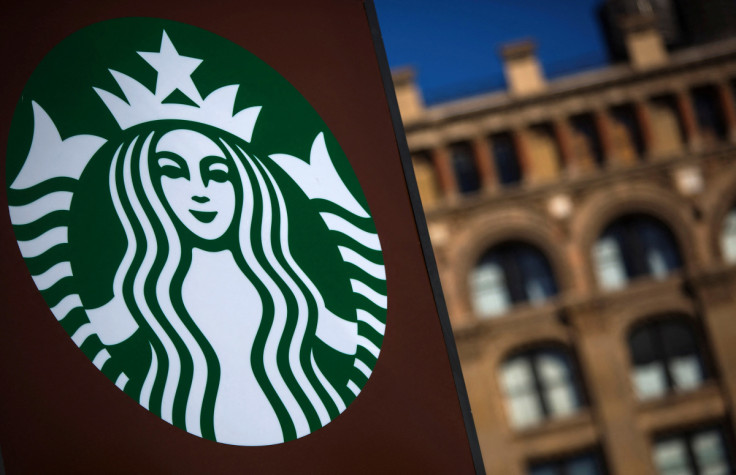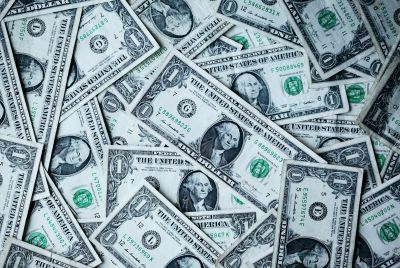Inside Starbucks' Drastic 'Turnaround': More Staff, Fewer Machines as Sales Slide
Starbucks is bulking up staff numbers across 1,500 to 2,000 American outlets by next month.

The whir of espresso machines echoes a little hollower at Starbucks these days as America's coffee giant faces a brutal reality check. Despite drowning in disappointing Q2 figures that left investors clutching their pearls, Starbucks is brewing a radical new strategy – hiring flesh-and-blood baristas instead of splashing cash on fancy coffee-making contraptions.
New Employees to Boost Store Performance
After watching sales figures slide into lukewarm territory, newly-minted CEO Brian Niccol is tossing the automation playbook into the bin and betting big on a revolutionary concept: actual human beings making your morning brew. Starbucks is embarking on a hiring spree that will boost staff numbers across 2,000 American locations by next month, eventually reaching 3,000 shops before Christmas decorations hit the stores.
'Investing in people rather than gadgetry simply works better for keeping customers happy and driving sales upward,' confessed Niccol, seemingly stunned by this revelation that humans might outperform machines at creating positive customer experiences.
This dramatic course correction follows years of the coffee chain quietly slashing barista hours while crossing fingers that flashy equipment would somehow fill the void – a gamble that spectacularly fizzled when customers grew frustrated with botched orders and soul-crushing queues. Consequently, the much-trumpeted Siren system – unveiled with great fanfare in 2022 as the future of coffee crafting – has been quietly relegated to just the busiest locations.
Boosting Customer Experience to Nurse Ailing Sales
Niccol's epiphany appears to centre around the shocking concept that customers might actually value a smile and bit of friendly banter alongside their morning caffeine jolt – an area where even the cleverest robots fall embarrassingly short. While this people-first approach will undoubtedly fatten the company's wage bill, executives are banking on happier customers willingly shelling out more for their daily fix.
'Over the last couple of years, we've been removing labour from the stores, I think, with the hope that equipment could offset the removal of the labour,' he added.
This strategic pivot comes amid a 1% decline in North American same-store sales for the fiscal quarter ending March 30, underperforming analyst expectations. Additionally, company margins have contracted for five consecutive quarters, with a recent 590 basis point drop.
While other chains like Chipotle continue investing in automation to reduce labour expenses, Starbucks is diverging by prioritising human interaction to revitalise its brand.
Summing Up Starbucks'Starbucks' Q2 Performance
Starbucks reported its fiscal Q2 2025 results, revealing a 2% year-over-year revenue increase to £6.63 billion ($8.8 billion). However, earnings per share dropped to £0.26 ($0.34) GAAP and £0.31 ($0.41) non-GAAP, missing analyst expectations and reflecting a 50% decline from the previous year.
Global same-store sales fell 1%, with US sales down 2% due to a 4% decrease in transactions, partially offset by a 3% rise in average ticket size. Internationally, same-store sales grew 2%, while China remained flat. The company opened 213 net new stores, bringing the total to 40,789.
Operating margins contracted to 6.9% GAAP, impacted by increased labour and restructuring costs tied to the 'Back to Starbucks' initiative.
Niccol expressed confidence in the turnaround strategy during the earnings call despite the stock dropping over 6% post-earnings.
'Improving transaction comp in a tough consumer environment at our scale is a testament to the power of our brand and partners getting 'Back to Starbucks.' We are on track, and if anything, I see more opportunities than I imagined,' he said.
History of Union Busting
While Starbucks' new 'transformation' strategy focuses on adding more employees to its franchise network, it is worth noting that the company has come under fire for busting unions created by local Starbucks chapters across the US.
The National Labor Relations Board (NLRB) has repeatedly found the company violating federal labour laws, including unlawfully firing union-supporting employees and threatening to withhold benefits from unionised workers. In one notable case, former CEO Howard Schultz was ruled to have violated labour law by telling a barista advocating for unionisation to 'work for another company'.
Financially, Starbucks' anti-union efforts have drawn criticism from shareholders. The Strategic Organising Centre estimates these campaigns have cost the company at least £180.82 million ($240 million), encompassing legal fees, consulting, and lost productivity. Additionally, a federal judge ordered Starbucks to reopen two Ithaca, New York stores, ruling their closures were retaliatory actions against unionised workers.
Is This a Pivotal Moment?
This strategic about-face represents Starbucks' desperate attempt to reclaim its glory days. By choosing flesh-and-blood baristas over soulless automation, the coffee giant is betting the farm that improved customer service and more engaged employees will translate into healthier sales figures and fatter profit margins.
Though this approach will initially inflate labour costs, Starbucks' leadership remains convinced that properly supported workers will rekindle customer loyalty and inject fresh energy into increasingly sterile store experiences. However, the company faces a steep uphill battle navigating ongoing unionisation pressures and harsh economic headwinds that threaten to derail its ambitious revival plans.
Ultimately, Starbucks' salvation hinges on threading that elusive needle between operational efficiency and authentic human connection – transforming its outlets into spaces that deliver both speedy service and genuine interaction in a world increasingly starved of both.
© Copyright IBTimes 2025. All rights reserved.





















